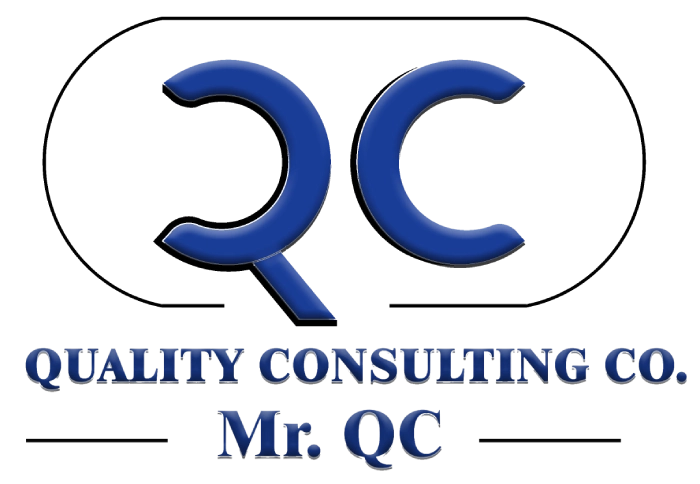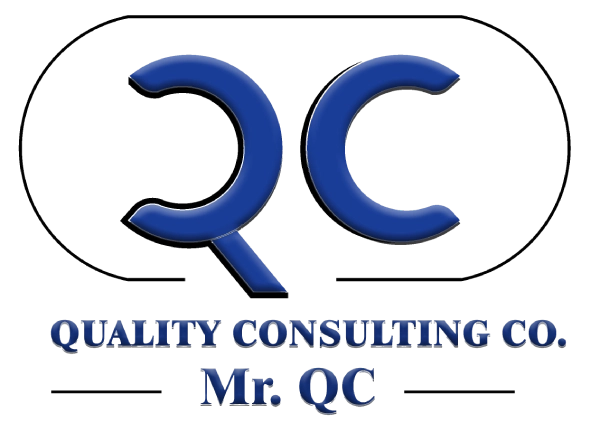- ISO Standards Consulting
- Procedure and SOP Development
- Corrective and Preventive Actions (CAPA)
- Software and Quality Tool Validation
- Supplier Management and Scorecards
- R&D and Design of Experiments (DOE) Support
- Regulatory Compliance and Certification
- Quality Training and Workshops
- Process Optimization and Lean Initiatives
- Risk Management (PFMEA & DFMEA)
What Is the ISO 9000 Family and Why It Matters?

For organizations striving to enhance the quality of their products and services — and to consistently meet or exceed customer expectations — the ISO 9000 family of standards provides a proven foundation. Developed and published by ISO/TC 176 and its subcommittees, this family includes some of the world’s best-known quality management system (QMS) standards, helping organizations of all types improve performance and ensure long-term customer satisfaction.
What Is the ISO 9000 Family of Standards?
The ISO 9000 family covers all aspects of quality management systems, from the fundamental vocabulary and guiding principles to the detailed requirements for implementation. At the heart of this family lies ISO 9001, the world’s most widely used quality management standard. It’s applicable to organizations of any size, in any industry — from manufacturing and healthcare to IT, education, and government sectors. Supporting standards such as ISO 9000:2015 (fundamentals and vocabulary) and ISO 9004:2018 (guidance for achieving sustained success) provide additional context and practical tools for organizations seeking continuous improvement.
The Seven Quality Management Principles
The foundation of the ISO 9000 family is built on seven key principles of quality management, first defined in ISO 9000. These principles form the backbone of every standard within the family:
-
Customer focus – Understanding and meeting customer needs while striving to exceed their expectations.
-
Leadership – Establishing unity of purpose and direction through strong engagement from top management.
-
Engagement of people – Empowering and involving all employees at every level.
-
Process approach – Managing activities and resources as interrelated processes to achieve consistent results.
-
Improvement – Continuously enhancing overall performance across the organization.
-
Evidence-based decision making – Making decisions grounded in reliable data and analysis.
-
Relationship management – Building mutually beneficial relationships with suppliers and stakeholders.
You can explore these principles in more detail in ISO’s Quality Management Principles brochure.
Core and Supporting Standards in the ISO 9000 Family
-
ISO 9000:2015 – Quality management systems – Fundamentals and vocabulary
Defines essential terms, concepts, and the underlying philosophy of quality management. -
ISO 9001:2015 – Quality management systems – Requirements
The world’s best-known QMS standard, suitable for any organization regardless of its field or size. -
ISO 9004:2018 – Quality of an organization – Guidance to achieve sustained success
Offers insights for organizations that want to go beyond ISO 9001 and focus on long-term excellence.
Industry-Specific Applications of ISO 9001
The ISO 9001 framework has been adapted to meet the needs of various sectors through industry-specific versions, including:
-
ISO 13485:2016 – Medical devices – Quality management systems – Regulatory requirements
-
ISO 29001:2020 – Petroleum, petrochemical, and natural gas industries
-
ISO 22163:2023 – Railway applications – Quality management system
-
ISO 18091:2019 – Application of ISO 9001 in local government
-
ISO/IEC/IEEE 90003:2018 – Software engineering – Application of ISO 9001 to computer software
-
ISO/TS 54001:2019 – Application of ISO 9001 for electoral organizations
Why Implement ISO 9001?
Adopting ISO 9001 can help organizations:
-
Enhance customer trust and satisfaction
-
Reduce operational inefficiencies
-
Strengthen internal communication
-
Improve decision-making through data-driven analysis
-
Foster a culture of continuous improvement
Small and medium-sized enterprises (SMEs) can also benefit from resources such as the ISO 9001 SME Success Package, which offers practical tools and step-by-step guidance to help smaller organizations implement quality management systems effectively.
Learning and Resources
ISO offers a range of resources and publications to help organizations better understand and apply ISO 9001 and related standards:
-
ISO 9001 – Debunking the Myths: Clears up common misunderstandings about ISO 9001.
-
ISO 9001:2015 – How to Use It: A beginner-friendly guide for implementing ISO 9001.
-
ISO 9001:2015 for Small Enterprises – What to Do?: A practical handbook for SMEs.
-
ISO 9001 – What Does It Mean in the Supply Chain?: Explains how ISO 9001 supports better supplier management.
The Global Impact of ISO 9001
Over the years, ISO 9001 has remained one of the most trusted and widely implemented standards across the world. From administrative reform in Vietnam to industrial excellence in the UK, studies continue to show that ISO’s quality management framework helps organizations increase efficiency, transparency, and customer satisfaction — regardless of sector or geography.
Conclusion
The ISO 9000 family stands as a universal framework for building trust, consistency, and excellence in quality management. By applying these standards, organizations can ensure their products and services not only meet regulatory requirements but also drive long-term success, innovation, and customer loyalty.


